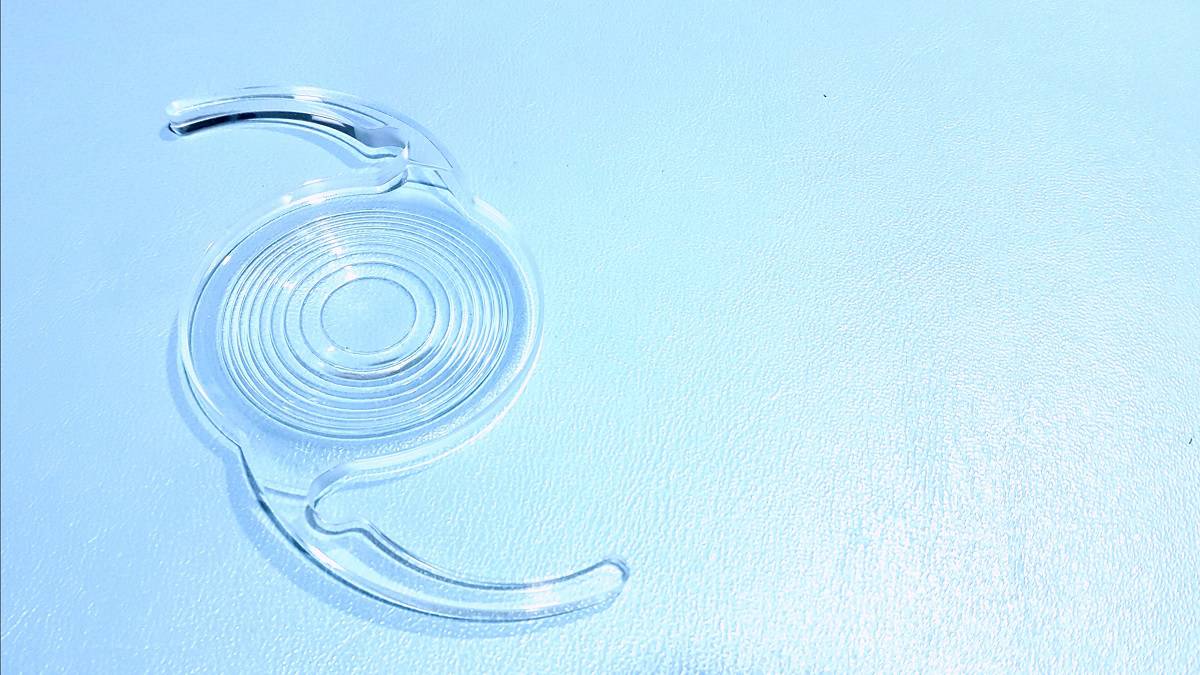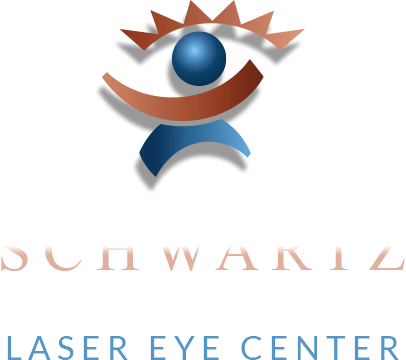Answering Common Patient Questions about Clear Lens Exchange
Posted on January 21, 2022 by Schwartz Laser - Clear Lens Exchange

When you hear “refractive surgery,” your first thought is probably LASIK. While LASIK is undoubtedly the most popular procedure for correcting refractive errors, clear lens exchange is an important alternative. To inform patients about all available options, the ophthalmologists at Schwartz Laser Eye Center have prepared this blog featuring common questions from their patients.
Why Is My Doctor Recommending Clear Lens Exchange Instead of LASIK?
While both surgeries will address refractive errors, LASIK is most effective on patients under the age of 40. Because the eyes start going through changes again around the age of 40, clear lens exchange, also known as clear lens exchange or CLE, generally becomes the better option for patients who are middle age and older.
Your doctor may also recommend clear lens exchange if you have moderate to severe farsightedness. LASIK does not correct hyperopia beyond a certain level, whereas this alternate procedure can.
Is Clear Lens Exchange Safe?
Because clear lens exchange is a more involved procedure than laser surgeries, there is a slightly higher complication rate for CLE than LASIK. With that said, the risks are still exceedingly low and the doctors at Schwartz Laser Eye Center have achieved great outcomes for their patients who choose this procedure. Studies have found that about 95% of patients who undergo clear lens exchange have markedly better vision afterwards.
What Is the Difference Between Monofocal and Multifocal Lenses?
The eye’s natural lens can be replaced with a monofocal or multifocal lens. Monofocal lenses have a single point of focus (most are set for distance vision). If a patient with a monofocal lens also has trouble seeing up close, reading glasses may still be necessary. Multifocal lenses have multiple points of focus, making them more ideal to see at distances near and far. While more useful, multifocal lenses come at a premium and are less likely to be covered by insurance plans.
Your doctor will be able to recommend a specific type of IOL based on eye tests, your personal preferences and your budget.
How Does Clear Lens Exchange Prevent Cataracts?
The cloudiness from cataracts only forms on natural eye lenses. When you have an IOL in your eye, that guarantees that cataracts will not develop. In fact, cataract surgery is essentially the same procedure as clear lens exchange in that they both remove the natural lens and replace it with a synthetic lens.
Considering that nearly half of all adults over the age of 75 will develop cataracts, having clear lens exchange now can help you to avoid this plausible outcome in later years.
Discuss Clear Lens Exchange with an Ophthalmologist
The outstanding eye doctors at Schwartz Laser Eye Center have helped many Scottsdale and Phoenix-area patients to improve refractive errors with clear lens exchange. To determine whether you are a good candidate for this procedure, schedule a consultation at (480) 483-3937.



